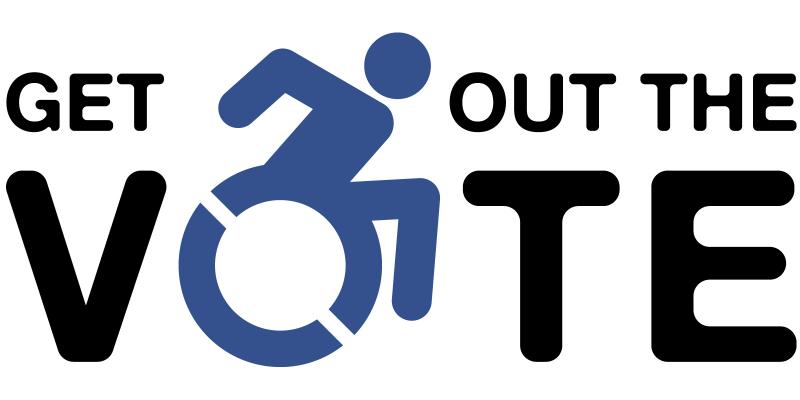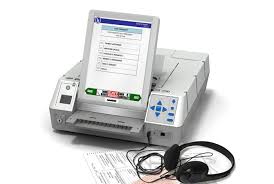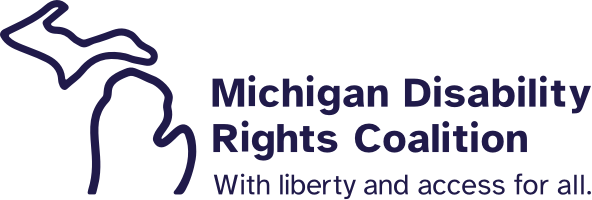Know Your Voting Rights
Monday, July 9, 2018



The Michigan Primary Elections are taking place on August 7th and today is the final day to register to vote! Candidates for Governor, U.S. Congress, and state Senate and House members are among the important decisions on the ballot. If you haven’t registered already, you can still do so through the Secretary of State’s Voter Information Center.
Traditionally, people with disabilities as a group, have had a lower voter turnout rate than other groups. According to the AAPD’s Voter Statistics and Data, the voter turnout rate of people with disabilities was 6 percentage points lower than that of people without disabilities during the 2016 election. Does 6% make a big difference? Would higher rates of voting among people with disabilities make a difference? Absolutely! if people with disabilities voted at the same rate as people without disabilities who have the same demographic characteristics, there would be about 2.2 million more voters! It is important that our voices and choices are heard.
Part of the lower voter turnout rate may be due to a lack of information about your rights as a voter with a disability. Let’s address some of the major rights.
- Polling places must be accessible. Federal and state laws require polling places to remove or make accommodations for any barriers that prevent voters with disabilities from voting. For example, doors should not be blocked, alternatives to stairs such as ramps or elevators should be available, and lighting and seating should be adequate.
- At least one voting station should be adapted to allow a person to vote while seated. In addition, all voters, including voters with disabilities, have access to the AutoMARK Voter Assist Terminal. The AutoMARK features a touch screen, a keypad marked with Braille, and the opportunity for voters to use their personal sip-puff device, a stylus or a footpad to mark their ballots. The AutoMARK is wheelchair-accessible and is equipped with headphones so that voters may hear the ballot read aloud to them if they wish.
- ID is NOT required to vote. If you do not have identification or did not bring your ID to vote, you can still vote by signing an affidavit confirming your identity. Once signed to can cast your ballot.
- You have the right to take someone with you to assist you to vote. However, they cannot be your employer, your union representative, or a candidate. Poll workers can also help you vote, as long as there are two people representing at least two political parties.
- You can request an absentee ballot if you need assistance getting to your polling place or need assistance casting your ballot. To receive an absentee ballot you can contact your local county clerk or fill out an absentee ballot application online.
- You can get help if your polling place is inaccessible or you experience difficulties voting. On election day, several hotlines are available to receive help if barriers to voting arise.
- Michigan Protection & Advocacy Service: 800.288.5923
- Election Protection Coalition: 866.OUR.VOTE (866.687.8683)
- United Way 2-1-1 hotline
Your voice is important on election day. To find out what will be on the ballot, you can view a sample ballot, you can also verify that you are registered to vote and track the status of your absentee ballot through the Secretary of State Voter Search. Want Bipartisan information about the candidates and issues on your ballot? Vote411 allows you to enter your address and receive personalized information about the candidates on your ballot. Become one of the 2.2 million additional voters to impact elections. VOTE!

